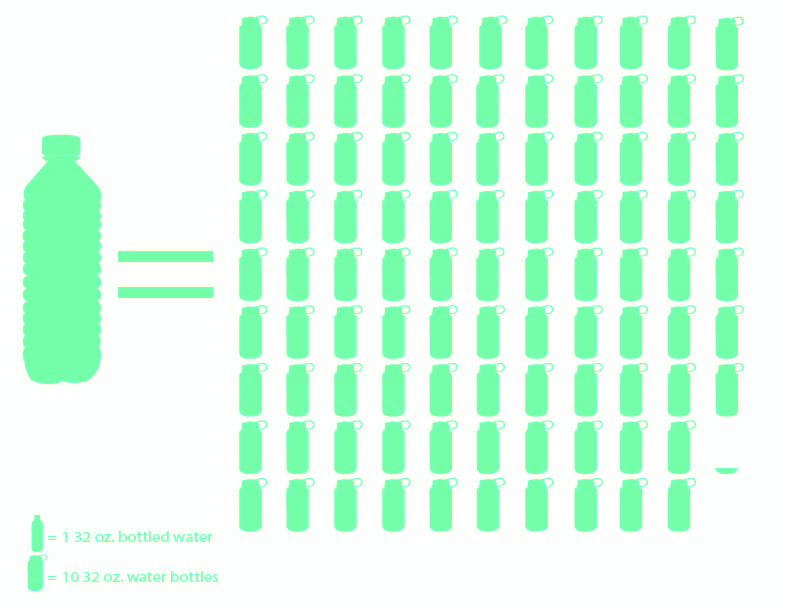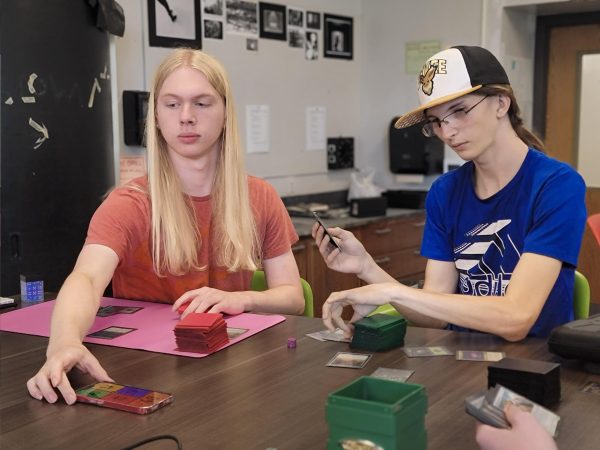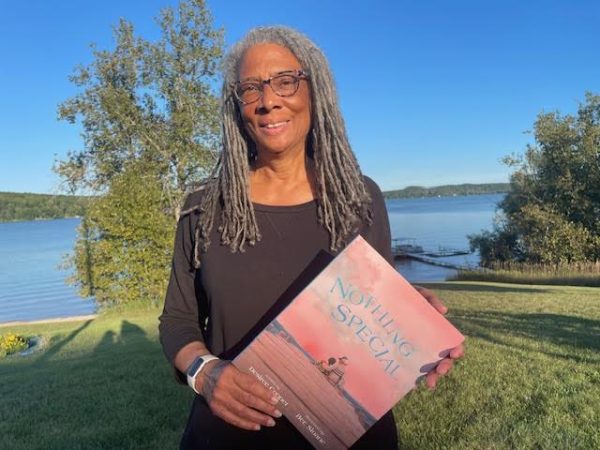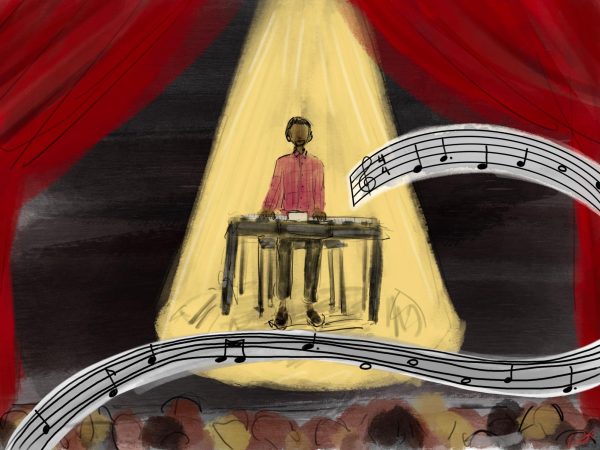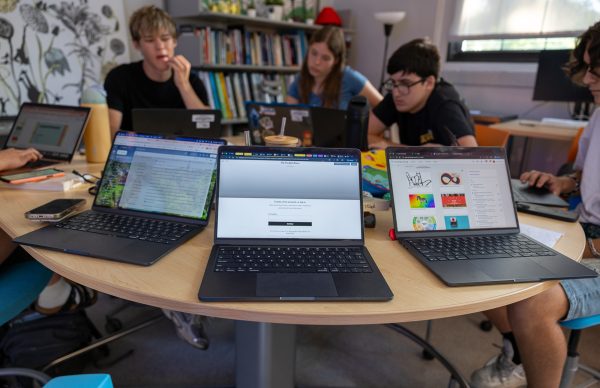The Wake of Water Bottle Filling Stations
In 2015 alone, nearly 50 billion disposable plastic water bottles were sold in the United States and over 60 million were thrown away everyday. Bottled water is bad for the environment, the drinker’s health and is much more costly than tap water. Courtney Kiley, a Community High science teacher and the ecology club leader, presented a solution to the ecology club during one of their meetings. She brought up the idea of getting one or more water bottle filling stations: drinking fountains designed specifically for water bottles, installed in the school to replace some of the current drinking fountains in the building and promote using reusable water bottles.
“It’s a pain to fill up your water bottle at the one good drinking fountain here,” Kiley said, motioning to the one just outside of her classroom. The majority of the rest of the drinking fountains in the school don’t arc high enough for someone to drink out of, let alone fill up a water bottle in, so it’s often easier for students to bring in bottled water from home, purchase it across the street at Sparrow Market or even fill up their water bottle in the water bottle filling station inside Kerrytown.
The price of water bottle filling stations can range from 700 to over 1,000 dollars, although this initially may be high, it is much more cost efficient and environmentally friendly than bottled water. The installation of water bottle filling stations in schools will encourage students to drink out of reusable water bottles, therefore reducing waste created during the production and transportation of bottled water as well as eliminate avoidable expenses. In the production of bottled water, ⅔ of water used does not actually end up inside the bottle, but rather goes towards producing the bottle itself. To add to the great waste of water, less than 20 percent of plastic water bottles actually end up getting recycled.
In addition to lowering the loss of water and plastic, water bottle filling stations also have the ability to decrease air pollution. Over 50 billion barrels of oil go towards the production, transportation and refrigeration of bottled water every year, an expense that can be prevented by simply drinking out of reusable water bottles rather than bottled water.
Bottled water prices have risen proportionately with sales in the past decade, which have increased by more than eight billion dollars in yearly sales in the United States since 2000. This can easily be accredited to effective marketing, which further accounts for the stigma that bottled water is cleaner than tap water. When we imagine where our bottled water comes from, we imagine the springs and snow-peaked mountains pictured on the labels, rather than the same rivers that our tap water comes from, which ironically is where more than ¼ of our bottled water does come from.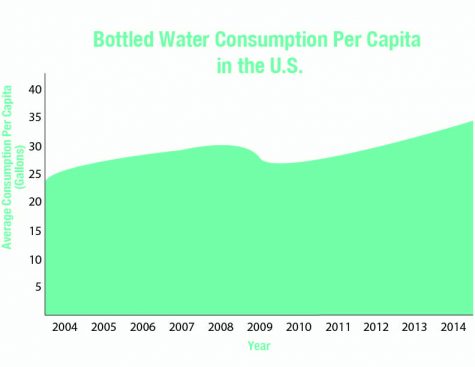
Bottled water can be bad for your health too, if it is consumed too frequently or in place of tap water. City tap water is often strictly regulated, disinfected and receives tests for bacteria multiple times everyday, whereas bottled water follows looser regulations and is only tested once per week. Health problems have been linked to bottled water due to more lenient requirements that allow unwanted bacteria to remain in the water. When left in its plastic bottle for multiple months, chemicals from the plastic can pollute the water and lead to nausea and dizziness if drank in high quantities.
Lastly, water bottle fillers save money. If someone were to drink 60 oz. (almost 2 liters) of bottled water a day, they’d spend more than $1,000 per year. If they consumed the same amount of tap water per day, they’d spend $0.50 per year. Certainly bottled water can be more convenient at times, but is not the best for the environment, your health or your wallet if bought regularly. Water bottle filling stations encourage students to drink water and do so free from the resulting disadvantages of bottled water.




